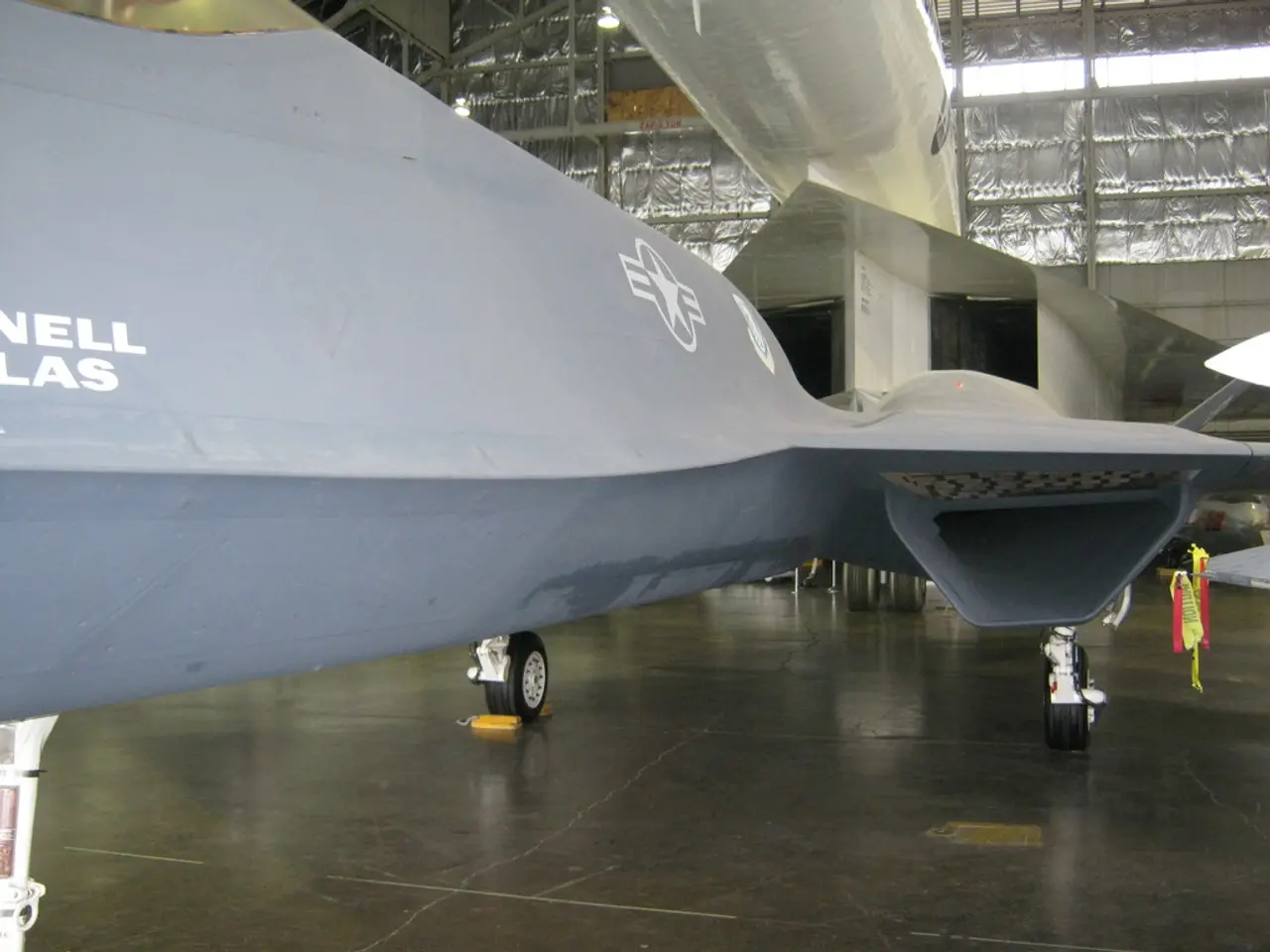Soaring concerns about air travel are gaining momentum. Here's some guidance to manage aerial apprehension during flights.
In the skies above, millions of Americans grapple with a common yet often overlooked issue - fear of flying, or aerophobia. Adelynn Campbell, a 30-year-old coffee shop manager, is one of them. After a traumatic flight experience, Campbell developed a persistent anxiety that leaves her feeling trapped and unable to breathe during flights.
Fear of flying affects approximately 25 million U.S. adults, according to research. It's not uncommon for this fear to develop in adulthood, particularly in people who didn't mind flying as children but grew more anxious as they aged. For Campbell, who also battles other forms of anxiety, the fear manifested a few years ago. She also experiences stress related to concerns about how she'll be treated by airport security or in other interactions due to being transgender.
But there's hope for those battling aerophobia. Here are some common ways to cope with air travel anxiety:
- Preparation and Planning: Familiarize yourself with the flight process, airport layout, and what to expect during the journey. Arriving early can reduce stress.
- Breathing and Relaxation Techniques: Practice deep breathing, progressive muscle relaxation, or mindfulness meditation to calm nerves.
- Distraction: Bring books, movies, music, puzzles, or games to focus your attention away from anxiety.
- Limit Stimulants: Avoid excessive caffeine or alcohol before and during the flight as they can increase anxiety.
- Comfort Items: Use items like noise-cancelling headphones, neck pillows, or blankets to increase comfort.
- Talk to the Crew: Letting flight attendants know about your anxiety can sometimes help, as they can provide reassurance. In fact, flight attendants regularly deal with passengers suffering from anxiety, including panic attacks, and may provide support such as administering oxygen.
- Gradual Exposure: If possible, take short practice flights to slowly build comfort with flying.
- Professional Help: Cognitive-behavioral therapy (CBT) or speaking with a mental health professional can provide strategies tailored to you. In more extreme cases, exposure therapy may be beneficial, starting with getting comfortable with images, videos, or virtual reality simulations of planes.
- Medication: Some people discuss with their doctor the option of using anti-anxiety medication or sedatives for flights.
- Positive Visualization: Imagine a smooth flight and focus on the destination and positive outcomes.
Statistics show that airliners are the safest way to travel, with the odds of dying in an airplane crash being too low to calculate compared to other modes of transportation. Yet, being nervous about flying is common and understandable, as stated by Mel Brooks.
In light of recent aviation incidents and economic uncertainty, U.S. air travel was down in March and early April 2021 compared to the previous year, according to TSA statistics. Despite this, support for anxious travelers remains an essential part of the flight experience. Whether you're a seasoned flyer or someone battling aerophobia, remember that help is available, and with the right strategies, flying can become a less daunting experience.
- Adelynn Campbell's fear of flying is a form of anxiety that affects millions of U.S. adults, as stated by research in the field of science.
- Education and preparation can help reduce stress associated with air travel anxiety, as illustrated by the strategies provided for coping with aerophobia.
- The media plays a role in reflecting the concerns of anxious travelers, as evidenced by the coverage of recent aviation incidents.
- Climate change and economic uncertainty have impacted the frequency of air travel, with TSA statistics showing a decline in 2021 compared to the previous year.
- In addition to coping mechanisms, health and wellness, and mental health resources can provide support for travelers battling anxiety, as recommended for Adelynn Campbell and others.
- The lifestyle of a seasoned traveler can be made less daunting by adopting various strategies to manage anxiety, such as deep breathing techniques, limiting stimulants, or seeking professional help when needed, as suggested for those battling aerophobia.
- In the realm of travel, airliners remain the safest mode of transportation based on statistics, suggesting that flying fears may be more about the experience than the actual safety risks.
- Despite the decline in air travel, the provision of support for anxious travelers continues to be essential, ensuring a safer and more comfortable experience for all.
- travel, lifestyle, media, climate, health-and-wellness, mental-health, science, health, education




